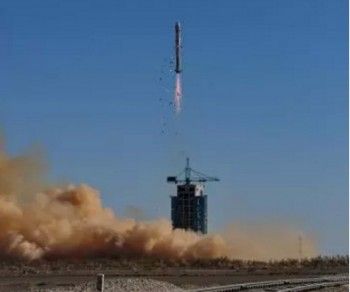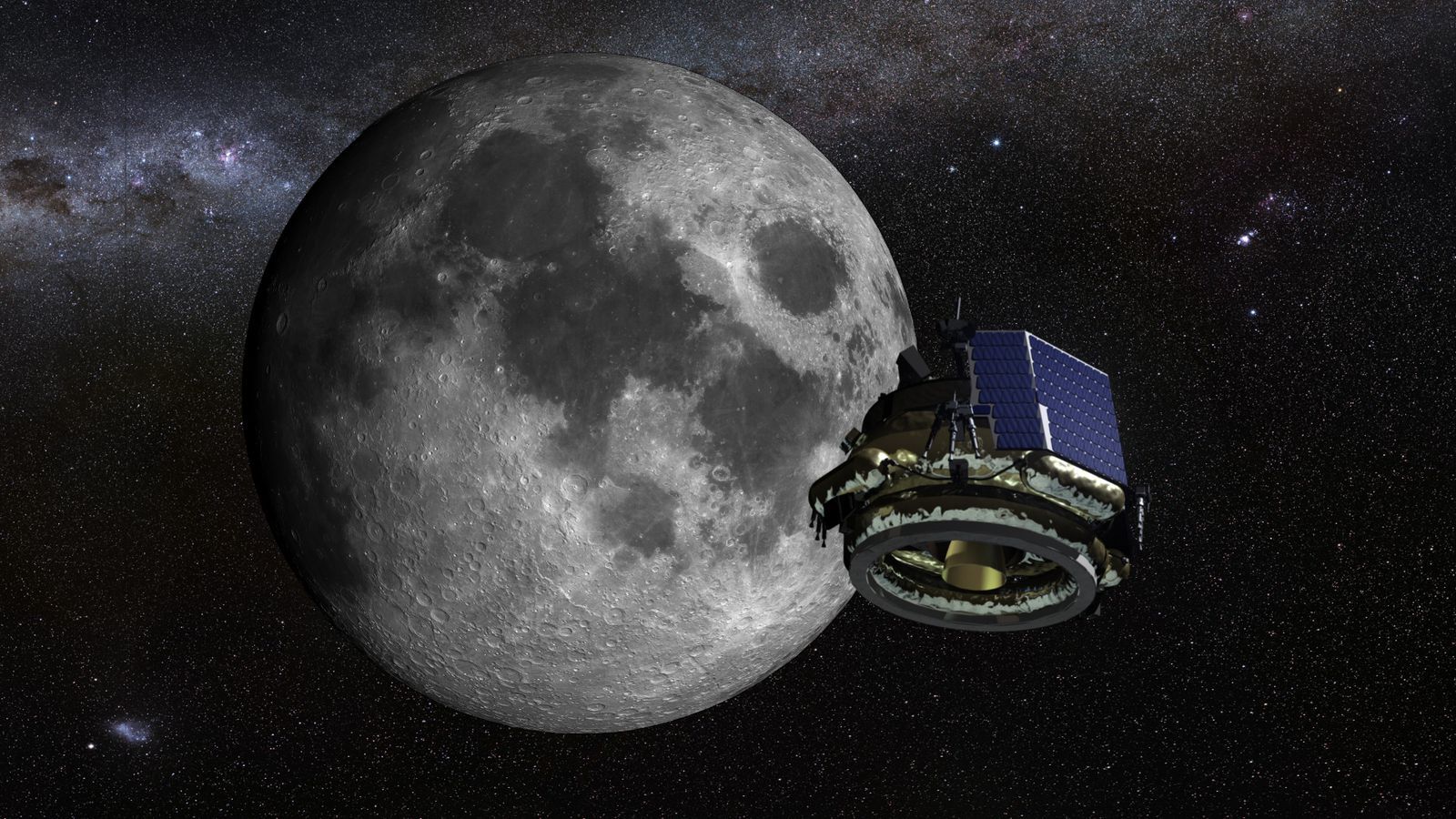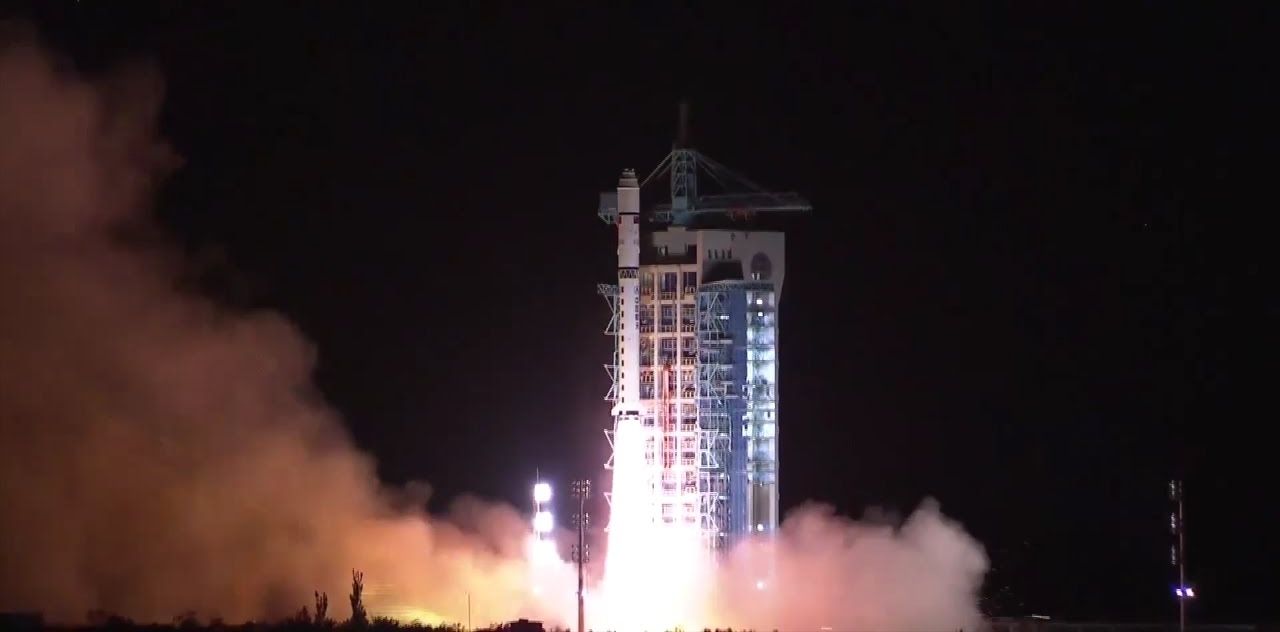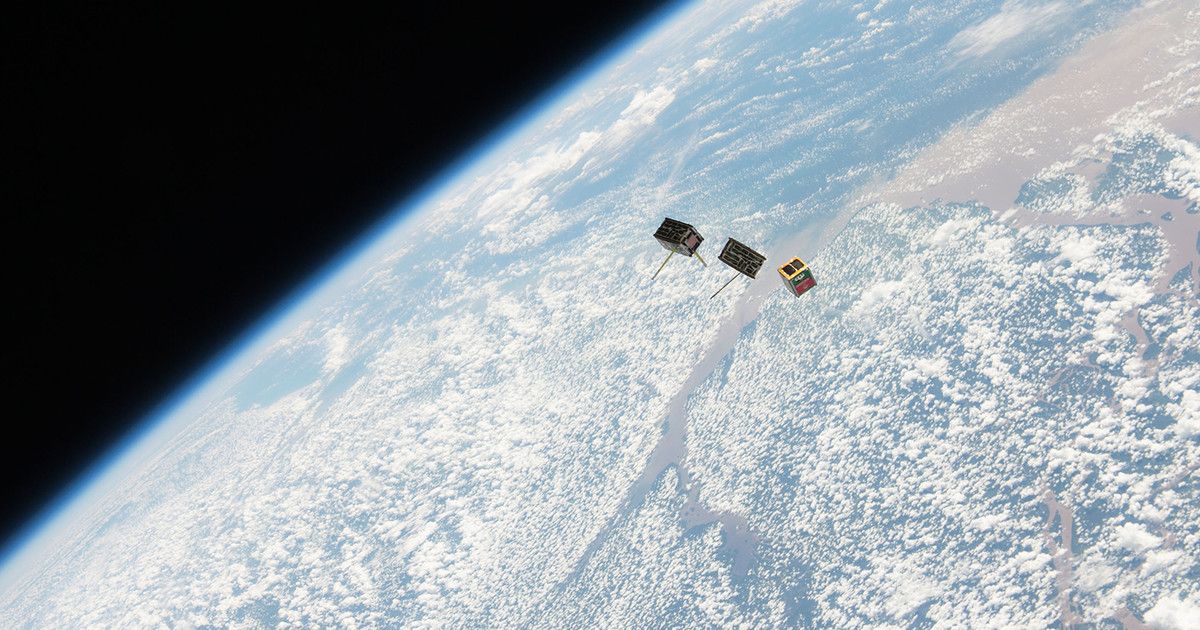With this week’s overload of news flashes about the Quantum Satellite launch, I restrained from publishing too much repeat news on the launch. However, I came across an excellent article from NASAspaceflight.com that provides additional and good details about some of the initial “publically known” experiments that are to be conducted by the Chinese.
Of course, as with any government agency, not all information is shared.
https://www.nasaspaceflight.com/2016/08/long-march-2d-quantum-communications-satellite/
The Chinese have launched the first satellite that can achieve quantum communications between space and Earth. The launch of the Quantum Science Satellite – called Mozi – took place at 17:40 UTC on Monday using a Long March-2D (Chang Zheng-2D) launch vehicle from the 603 Launch Pad of the LC43 complex at the Jiuquan space center. Chinese Launch: The new satellite is dedicated to quantum science experiments. The Quantum Space Satellite, (or Quantum Experiments at Space Scale) will test the phenomena of quantum entanglement.
Operated by the China Academy of Sciences, this 500 kg satellite – announced as the name “Mozi” in honor of a fifth century BC Chinese scientist – contains a quantum key communicator, quantum entanglement emitter, entanglement source, processing unit, and a laser communicator.

QUESS will relay transmissions between two ground stations (one in China, and the other in Europe) transmitting quantum keys.








